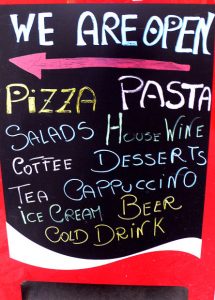How To Identify Safe Foods For A Recovering Bulimic
 Those in recovery from bulimia may quickly find that eating “normally” again is a constant struggle.
Those in recovery from bulimia may quickly find that eating “normally” again is a constant struggle.
Identifying “safe” foods – those that won’t trigger binge or purge behavior – can take time, and there isn’t an exact science to the process. The best prevention against relapse is an individualized plan that focuses on nutrition, behavioral and lifestyle modifications.
Work with a Nutritionist
The easiest way to identify safe foods if you have an eating disorder is to work with a qualified nutrition educator, nutritionist or dietitian. This person can help you come up with an individualized meal plan that will take into account nutrient balance, caloric needs and personal preferences. With a professional’s help, you can learn to recognize which foods will best nourish your body and prevent cravings.
Eliminate Trigger Foods
Part of learning which foods are safe foods involves eliminating the ones that trigger binge episodes or a loss of control. Clean out your kitchen, removing the foods that you tend to binge on. These foods should not even be in the house, as mere proximity to these trigger foods can cause relapse.
Listen to Your Body
Trigger foods won’t be the same for everyone. While some people may feel safe having only healthy foods in the house, others may still become triggered by the accessibility and availability of food – whether these foods are healthy or not. Work to cultivate honest awareness about what your triggers actually are.
Plan Ahead
In recovery, you’ll also need to learn how to eat out safely. Plan ahead if you know you’ll be having a meal at a restaurant or another person’s house. If possible, make sure you know what your meal options are ahead of time. This will allow you to be prepared or to bring a healthy snack if you know there will be food triggers to deal with.
Source: NAED
 Eating Disorder Self Test. Take the EAT-26 self test to see if you might have eating disorder symptoms that might require professional evaluation. All answers are confidential.
Eating Disorder Self Test. Take the EAT-26 self test to see if you might have eating disorder symptoms that might require professional evaluation. All answers are confidential.